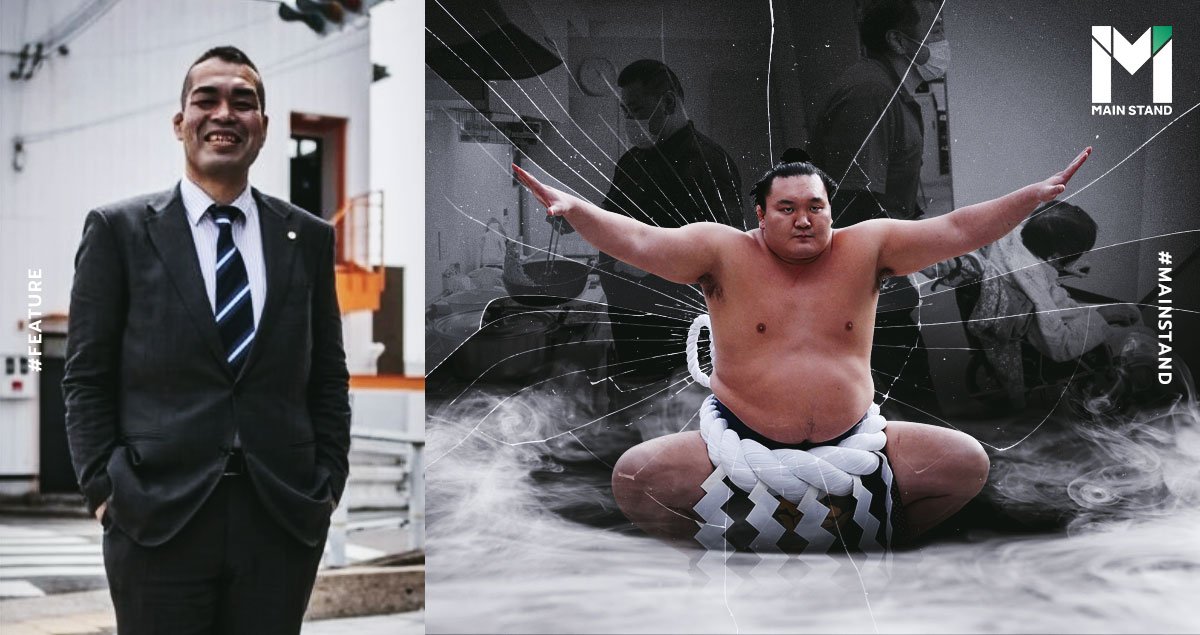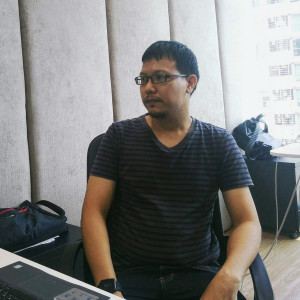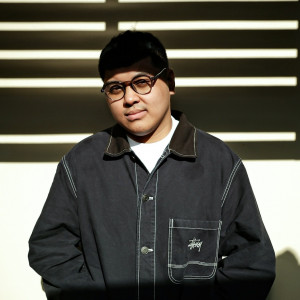Sumo is known to have dated back thousands of years as written in the Kojiki - the oldest historical text in Japan (written in 712 A.D.). However, some might view Sumo as Japan’s second most popular sport after baseball.
The sport evolved over many centuries, with the first professional sumo wrestlers appearing in the Edo period (1603-1868). Because of this long history, Sumo is considered Japan’s national sport.
Based on the above, several Sumo warriors became famous, earning substantial financial rewards from tournaments and through sponsorships.
From living the high life when wrestling, they move to the opposite end of the pole upon retirement, struggling to live within the society that once adored them. Unfortunately, the situation is worse for low-profile wrestlers.
How come their lives end up that way? Let Main Stand walk you through this journey of discovery.
More than a national sport
“It’s never been considered a sport in Japan. It’s far deeper in the Japanese psyche,” Mark Buckton, a Sumo expert and former Japan Times columnist, told the BBC.
The sight of two hulking men fighting on a round ring with a roof-like structure hanging above might be unfamiliar to foreigners, especially those who have never watched this sport. But for Japanese people, Sumo has been deeply ingrained in their hearts and soul for thousands of years.
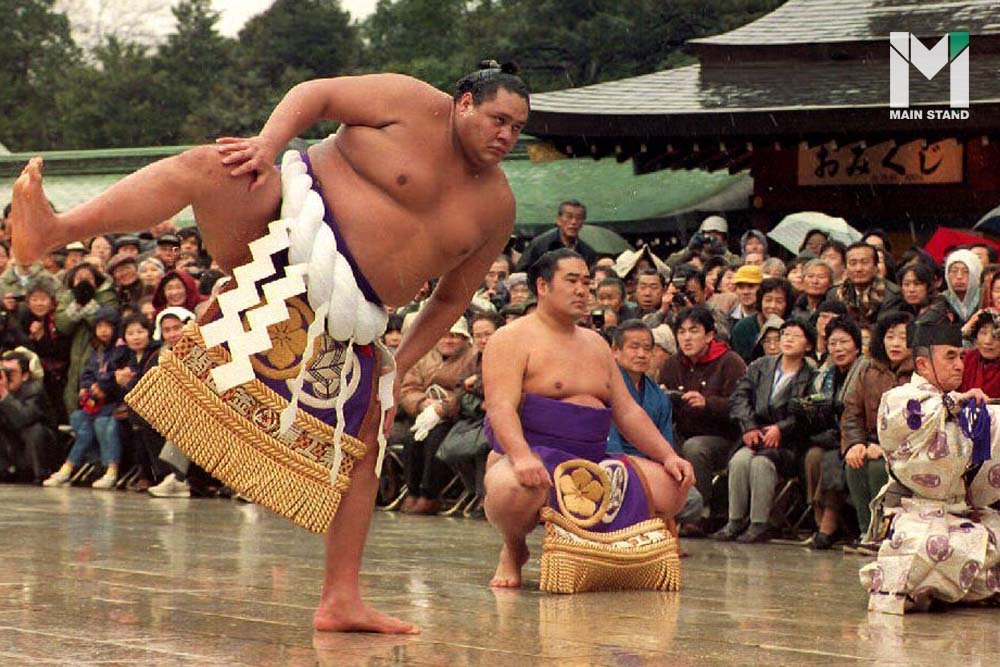
As stated in the Kojiki, Sumo originated in the eighth century as a part of the Shinto religious ceremony. This art was celebrated and observed during the harvest festival. Later on, from a celebration, Sumo became a sporting event in the Edo period (1603 and 1867).
Sumo is, therefore, associated with myriads of conventions and traditions, where wrestlers are required to abide strictly by the rules. They even need to have Yukata on all the time in public and wear a samurai-inspired “chonmage.”
A Sumo wrestlers’ journey from rags to riches to rags
Like every sport, the lifestyle changes to be at the top spot in Sumo is grueling. Many juniors start their journey by staying in a communal stable as soon as they complete their primary education, receiving strenuous drills daily. On top of that, hierarchy and seniority practices mean juniors have to serve their seniors as if they were servants.
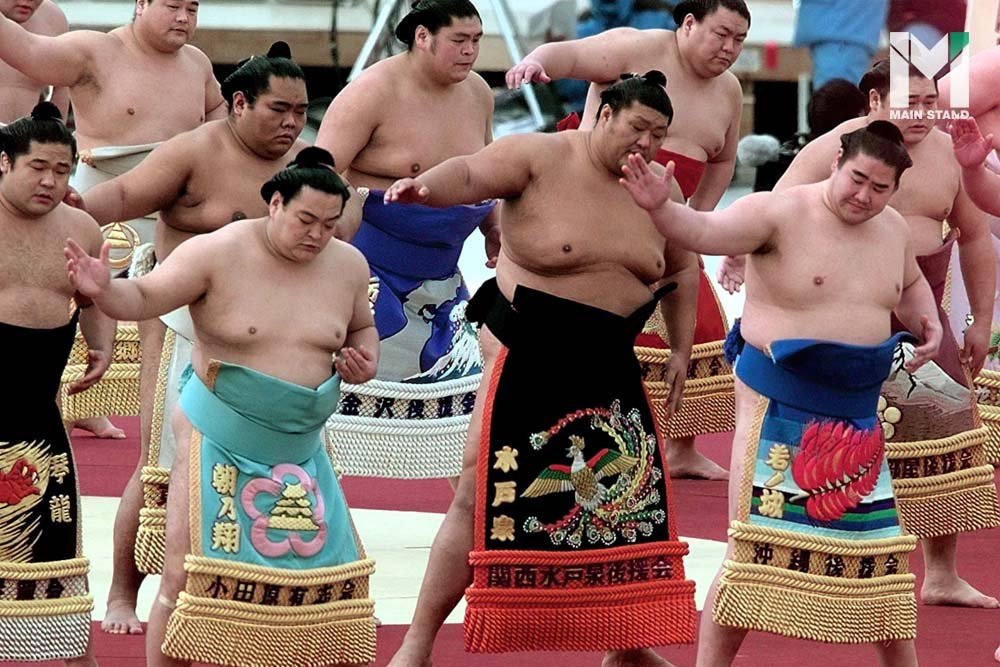
That said, in time, they will be able to reach the zenith of the “rikishi” of professional Sumo. Then rewards will come in the form of money, fame, and even the right to get married. However, Sumo wrestlers are not allowed to date or use phones unless they climb the two top divisions (out of six).
Deemed to be a prestigious and respectable sport in the eyes of the Japanese, they praise the rikishis when seen anywhere.
However, the only downside for these is many wrestlers’ lives go into reverse once they retire from the sport.
Becoming pointless in the real world
Although Sumo is honored by Japanese people, what sumo wrestlers face after they exit the sport is mainly hardship, especially with reintegrating into the outside world.
Takuya Saito is an example. He decided to have his topknot shorn at 32, marking his retirement. Then he began job hunting only to realize that the world of Sumo equipped him with no skills apart from wrestling. He did not even know how to operate a computer.
In general, sumo warriors move to the stable for training when they complete their primary education at 15. After that, they spend time training. Then, when they rise to the top two divisions, they are allowed to get married and have a family until retirement at 30.
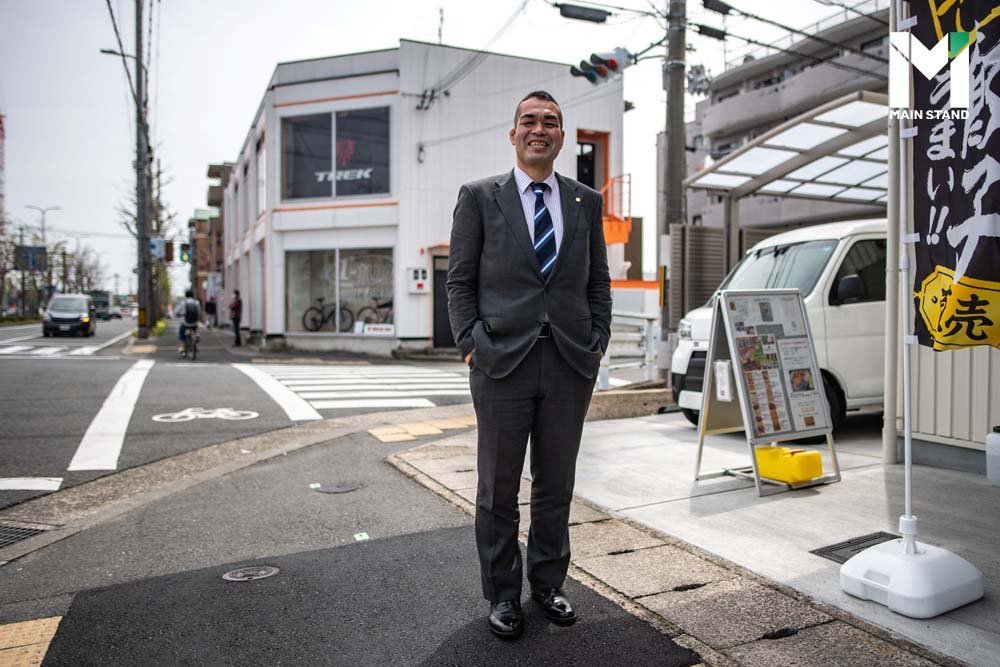
Saito realized his dream of being a baker, inspired by his favorite childhood cartoon character. But unfortunately, although he made it, he couldn’t work as long as expected.
“When I tried it out, they told me I was too big (in size),” Saito, who once weighed up to 165 kg during his career, told AFP.
“I had several job interviews, but I didn’t have any experience. So, they rejected me everywhere.”
Famed sumo wrestlers can open their stables. But only a handful of them did so. AFP reported that only 7 out of 89 sumo wrestlers who retired in 2021 exist in the sumo field.
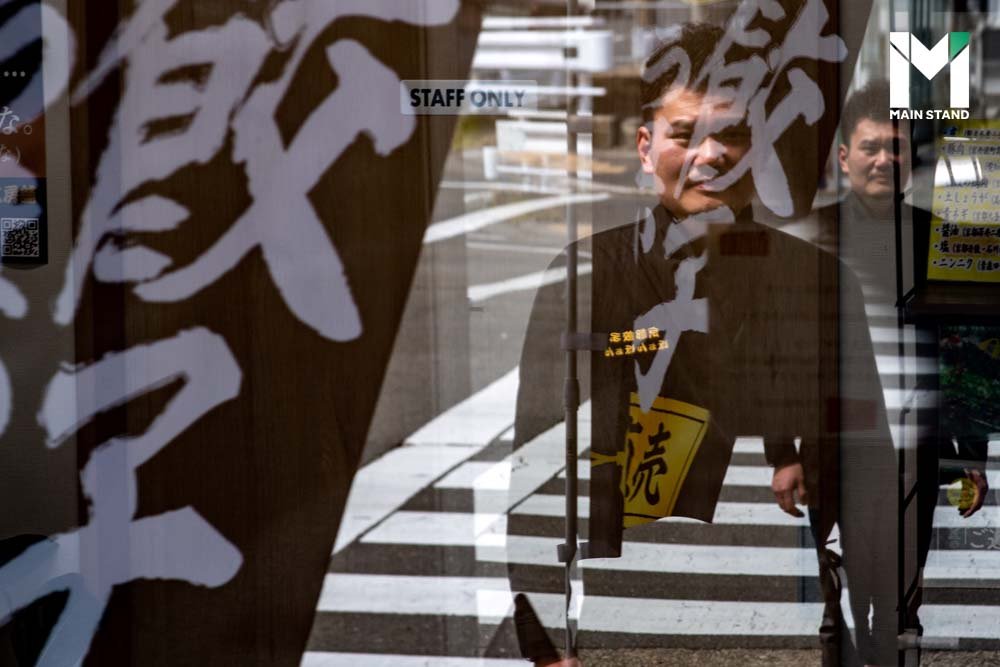
On the other hand, many retired Sumo wrestlers turn to the F&B industry thanks to their culinary experience at the communal stable. Most of them run a “chanko nabe” restaurant, which is a Japanese hot-pot dish consumed by sumo wrestlers.
Some might work as masseurs, while others even become security guards.
“Many of these boys enter the professional Sumo world as soon as they finish their junior high school,” Kamikawa, a 44-year-old retired rikishi, told Asahi Shimbun.
“Things are naturally difficult (for them) because they train without thinking about their future. Then upon retiring, they don’t know what they want or can do.”
The real struggle in life
Sumo wrestlers live in training stables with strict discipline. Confined within a space with limited exposure, they become too weak to encounter the outside world.
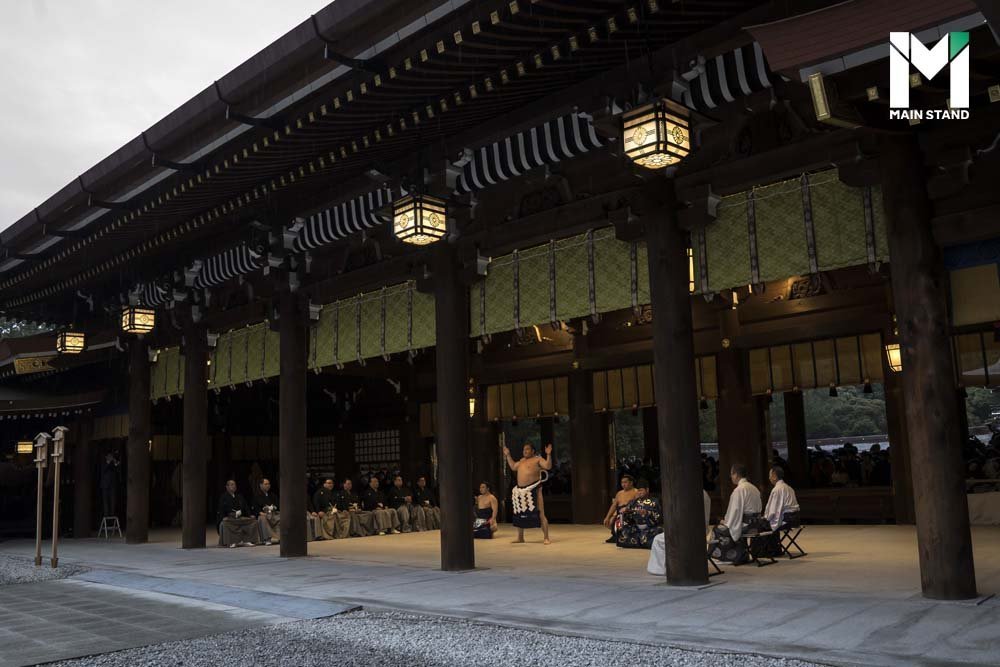
“In Sumo, the stable master is always there to protect us,” Saito told AFP. He said his former master offered him accommodation, food, and clothing until he could make a living.
Worse still, most Sumo wrestlers face financial issues. After retirement, many have little or no money.
The reason is that they need to rise to the two top divisions to be financially stable, which only account for only 10% of all wrestlers.
Those in lower divisions earn nothing other than accommodation (during tournaments), travel expenses, and prizes from tournaments held every two months.
Top sumo wrestlers are entitled to receive a wage, but they also have their own room and are allowed to wear a colored mawashi (combat belt) during tournaments.
Lower-ranked warriors will help the sekitori or top wrestlers practice, get them dressed, prepare their meals, and wash their clothes. Some even help them clean their buttocks in the toilet.
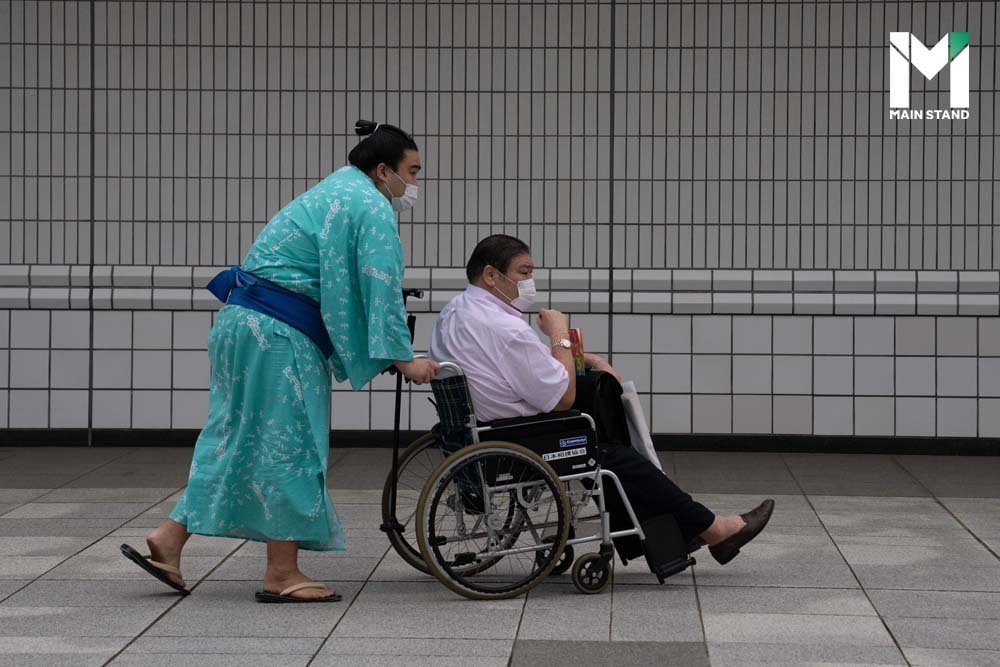
These actions cause a sekitori to encounter problems after retirement, especially following a normal livelihood.
Perhaps their lifestyle is accustomed to comfort, with subordinates helping them with everything, they don’t know how to do anything like an ordinary person.
Owing to such problems, a group of Sumo wrestlers decided to run a company to lend former sumo wrestlers a hand.
Putting everyone in his shoes
Since Saito didn’t know what to do for a living, he viewed self-employment as the best way out. So he decided to work as an administrative scrivener, a legal professional who prepares official documents and provides legal advice.
Although passing the examination to get a license is notoriously demanding, Saito made it against all odds. Later, he opted to work in the restaurant industry to give his fellow former sumo wrestlers who suffered the same fate a second chance.
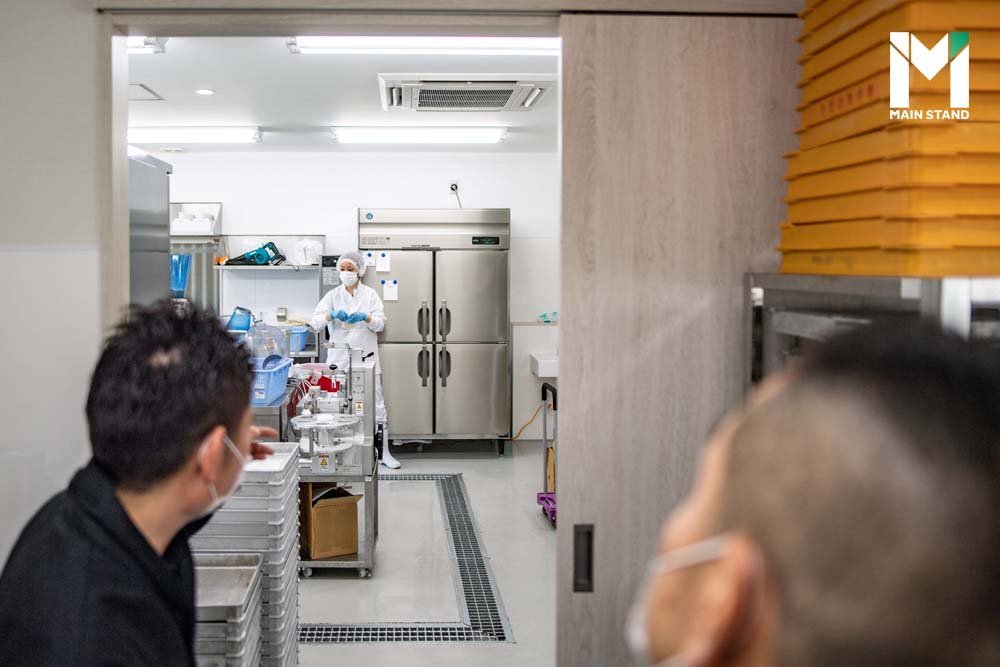
Saito’s first customer is his friend Tomohiko Yamaguchi, a former amateur Sumo wrestler who is now a restaurant owner.
“The sumo world is unique and I think that outsiders can’t understand it,” Yamaguchi told AFP, stating that the general public is biased against Sumo wrestlers.
Keisuke Kamikawa too entered the Sumo world when he was 15. A native of Hokkaido, he retired as a wrestler at 33 after his alleged match-fixing scandal in February 2011.
In 2012, a year after retirement, Kamikawa established SumoPro, an agency that helps retired sumo wrestlers with casting for TV dramas, movies, and commercials.
Kamikawa also runs care centers for the elderly, staffed by retired Sumo wrestlers who have experience caring for “sekitori” during their careers.
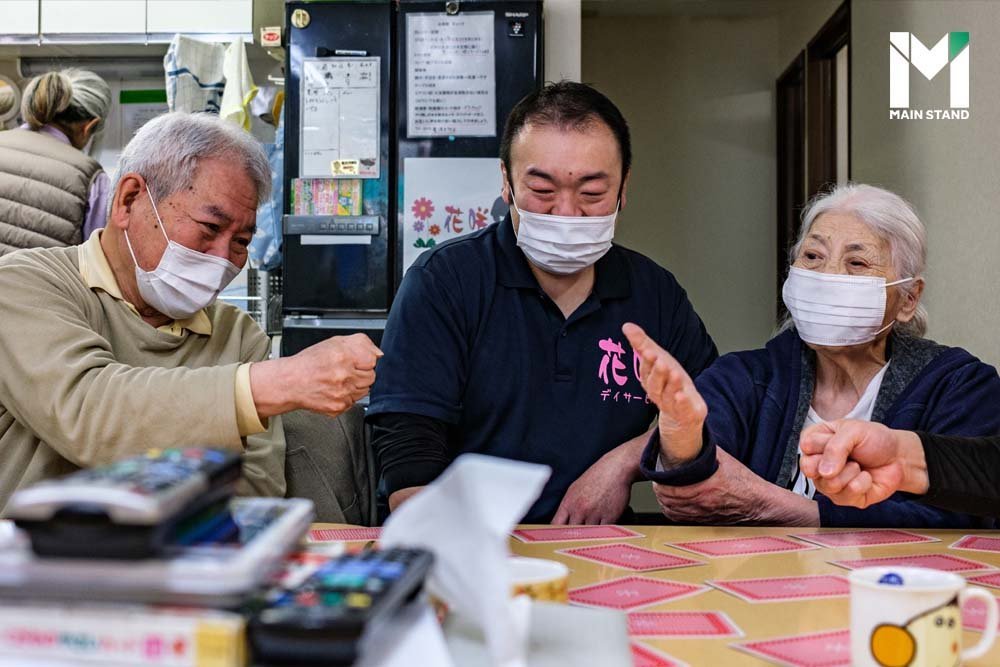
Shuji Nakaita, who spent years serving renowned sumo “yokozuna” champion Terunofuji, is a wrestler working at Kamikawa’s care center.
“I prepared his meals and scrubbed his back during bath... there are similarities with the care of the elderly,” explained Nakaita.
Meanwhile, these hulking and friendly men are popular among the elderly because the wrestlers are caring and can sometimes chat with them as friends.
“They are very strong, very reassuring, and gentle,” Mitsutoshi Ito, a 70-year-old who says he enjoys chatting about Sumo with former wrestlers, told AFP.
Not only one particular job
Apart from helping retired wrestlers, Kamikawa set up a group to provide advice on post-Sumo to retired wrestlers and their families.
"Sumo is a world where you have to be ready to put your life in danger to win a fight," Hideo Ito, an acupuncturist who has worked with rikishi for over two decades, told AFP.
"For these wrestlers giving it their all, thinking about the future can seem like a weakness in their armor."
Kamikawa stated another mission he wants to complete is preparing retired Sumo wrestlers with the truth and differences between the wrestling world and the outside world.
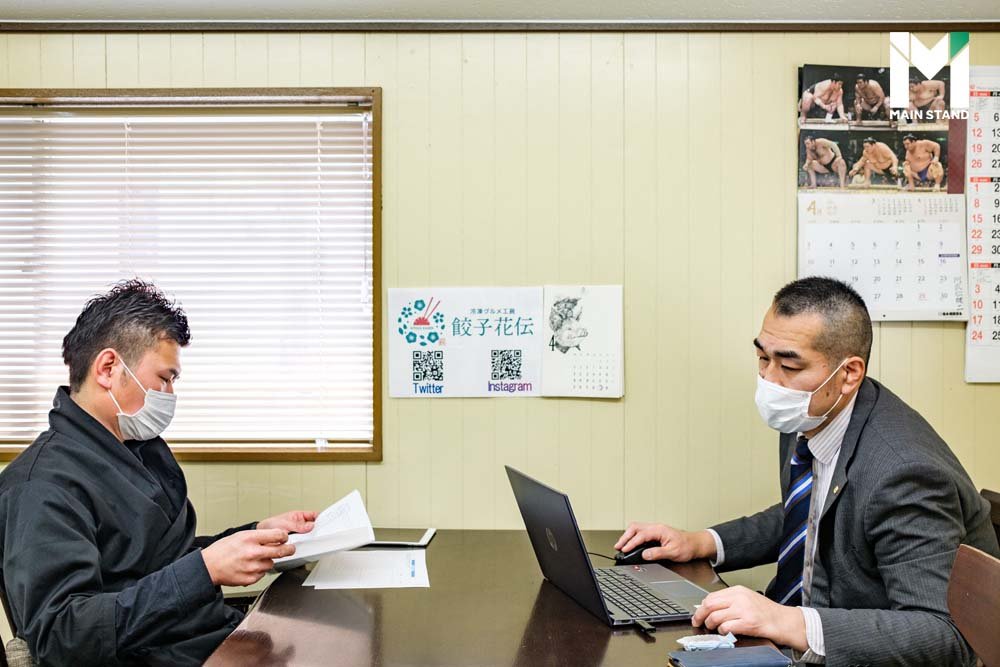
"Some land jobs but then quit for the mere reason that the jobs are not like what they thought it would be," Kamikawa told Asahi Shimbun.
"Retired rikishi are more difficult to handle than high school graduates."
Giving them more alternatives to earn a living is a top priority. Although many end up owning Japanese stew chanko nabe restaurants, a stereotypical job for retired wrestlers, not everyone has enough money to run a business.
It is a way to prevent them from being left behind after sinking into obscurity.
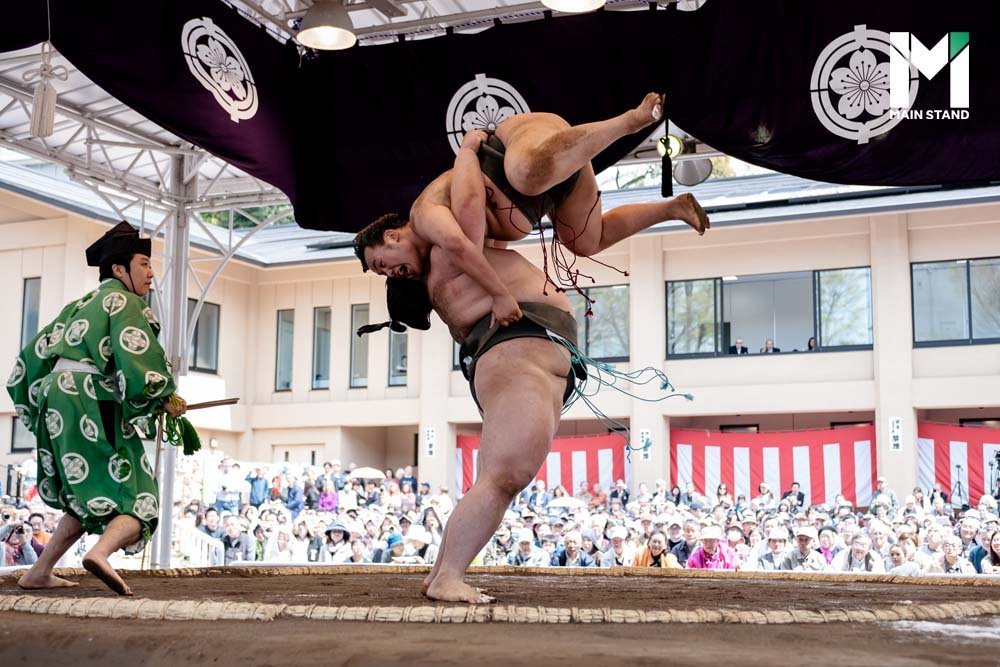
"I hope there will be at least one more option for sumo wrestlers or another opportunity for them to think about what they can do," Kamikawa added.
"Operating a 'chanko' hot-pot dish restaurant is not the only thing we can do. I hope to overturn the fixed image that rikishi only ends up running chanko restaurants."
Source links:
https://newsrebeat.com/sports/19539.html
https://www.uniquejapantours.com/10-most-popular-sports-in-japan/
https://www.france24.com/en/live-news/20220429-life-after-sumo-retired-wrestlers-fight-for-new-careers
https://www.asahi.com/sp/ajw/articles/14520537
https://youtu.be/HTQj5KKVv0c
https://twitter.com/afp/status/1519908660553850880?s=21&t=yuba8oO6LsBW-wCpc8ioAA

